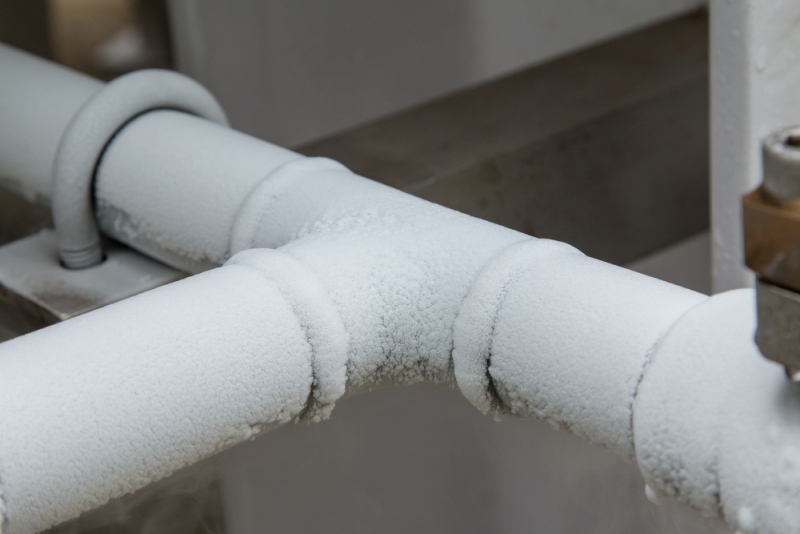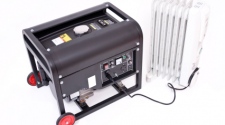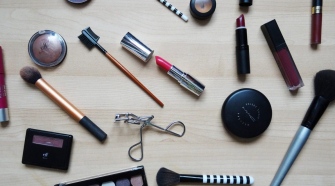Owning a home comes with countless responsibilities, and your piping may be one of the most overlooked components of all. Without proper plumbing repair and maintenance, your entire home could quickly become uninhabitable.
Watch out for these common hazards that put the quality of your pipes and plumbing in jeopardy before you need to make costly repairs.
Tree roots
Trees are a beautiful feature in your landscaping design, but their root systems may have other ideas. Tree roots tend to gravitate toward water systems, particularly in hot, dry climates like California or Arizona. However, tree roots can damage your pipes regardless of the climate in which you live.
Tree roots can burrow into your pipes in search of water. This can clog your pipes, weakening your water supply and backing up essential home functions like laundry and bathing. Should tree roots invade your plumbing, your entire system may break apart.
Before you engage in landscaping, identify where important plumbing systems exist in your yard. You should also opt for shrubs and plants with smaller roots systems and limit the number of trees on your property. This is especially beneficial for older homes with weaker plumbing systems. Luckily, trenchless pipe lining can improve the structure of your pipes and mitigate the harmful effects of tree roots on your system.
Chemicals
Even though it seems like a good idea to pour Drano down the sink, these corrosive chemicals can wreak havoc on the metal of your plumbing system, especially if you lack pipe liners. The worst part of all is that these harmful chemicals rarely get the job done right in the first place. Instead of reaching for the drain cleaner, rely on hooks and brushes to clear your pipes of debris. Performing this task on a regular basis will help improve your home’s integrity in the long run.
You should also try to prevent clogs from happening in the first place. Rely on your garbage disposal, but don’t overload the system, and keep any non-biodegradable materials out of the sink and in the garbage. Even though that cleansing wipe says “flushable” on the package, the only thing you should put down your toilet is human waste and toilet paper.
Heavy weights
It’s tempting to hang clothing and other decorations on the pipes in your basement, but this added weight could bend and break pipes over time. Instead of hanging your laundry on your main water line, rely on a collapsible drying station or your home’s dryer whenever possible.
You should also prevent your kids from treating your home’s essential components like monkey bars. If you cannot resist the temptation to hang items from your pipes (and if you can’t keep your kids from playing on them), consider purchasing some simple drywall to construct a barrier around the pipes.
Freezing temperatures
When the world’s thermostat dips below freezing, your pipes might follow suit. This common winter problem can prevent water from heating up properly and can even stop water from flowing to their proper locations throughout your home.
When pipes freeze, the chance of a burst pipe skyrockets under the pressure from the cold. Any temperature under 20 degrees Fahrenheit can put your home at risk. It’s estimated that bursting pipes and their resulting water damage can cost a homeowner over $5,000. Many plumbers recommend installing pipe liners and other insulators to mitigate the chance for this costly occurrence.
Protecting your home should be one of your primary focuses as a homeowner. As you perform your regular yearly inspections, never fail to check your home’s plumbing system off the list of necessary repairs.
















